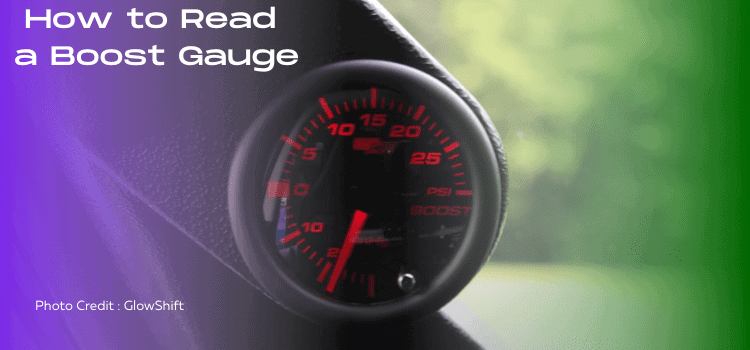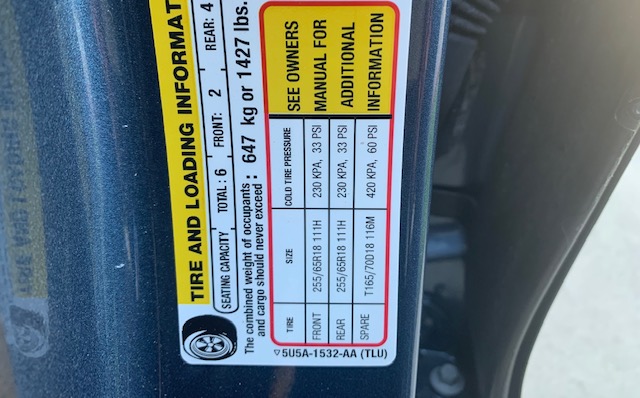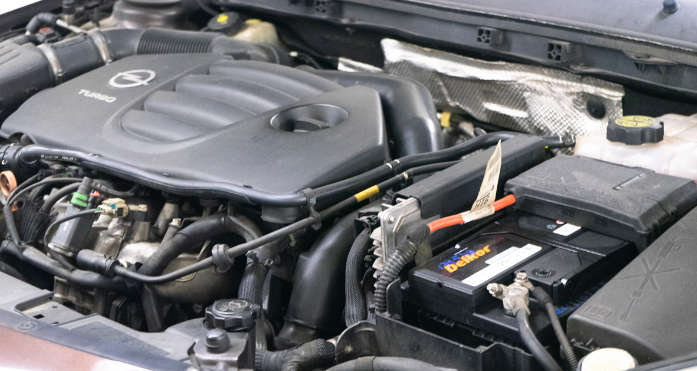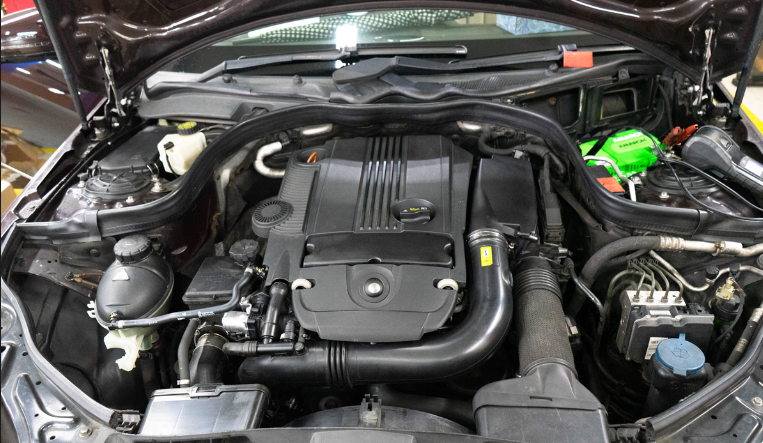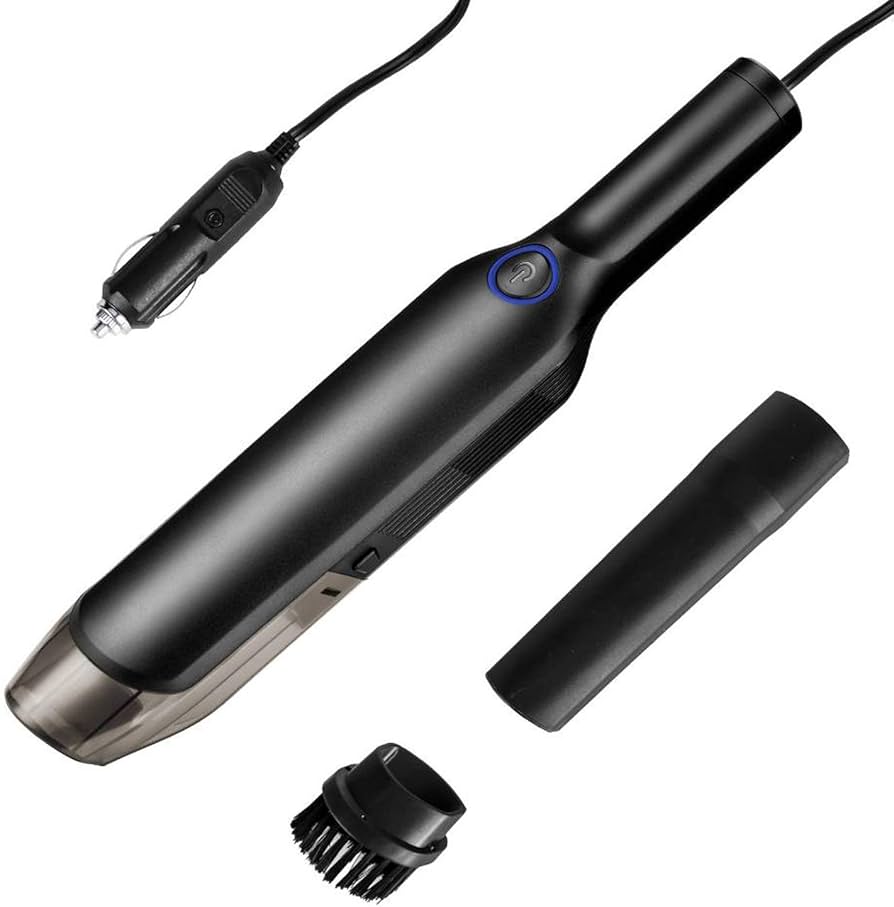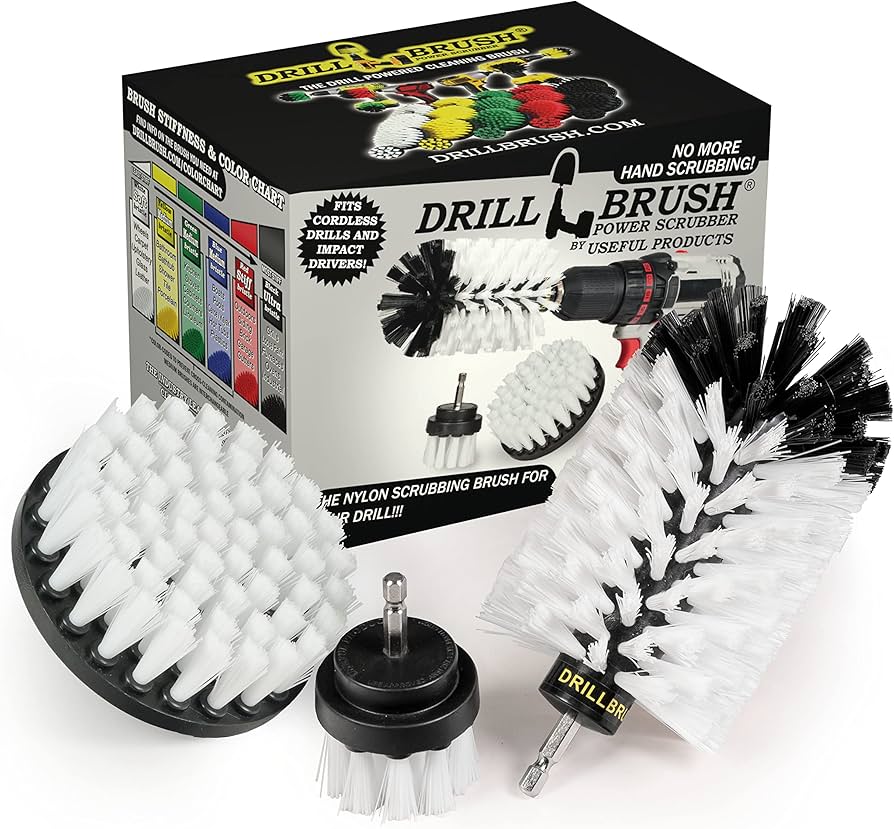Facing problems reading the boost gauge in your car? But, you still want peak performance from your car engine, don’t you?
Well, here’s the catch:
You’ll find a lot of articles and forum posts talking about this. But they don’t actually give you a detailed explanation.
But, don’t worry we will show you how to read a boost gauge with all the explanations you need.
In this article we’ll tell you how a boost gauge works, the types of boost gauges, and how you should be reading them, along with the answers to some of your questions.
So, without any further ado, let’s move right into it.
What does a Boost Gauge do?
A boost gauge is a pressure gauge that shows you the manifold air pressure, the turbocharger boost pressure, or the supercharger boost pressure depending on its type.
To put it more simply, your boost gauge gauges boost provided by your turbocharger or supercharger.
So, in order to make the best of this boost system, it’s very important that you know how to read this boost gauge. And that’s exactly what we’ll talk about here.
Now, these boost gauges come in different types. That’s what we’ll be exploring in the next section.
Types of Boost Gauges
Boost gauges differ in many ways and each one needs to have different parts. So, it’s very important to know about them first to read your boost gauge right.
They are mainly of two types:
- Analog Boost Gauge: This one shows the readings with a needle.
- Digital Boost Gauge: This one shows the boost gauge reading bar both on a digital screen and a needle.
Moreover, they can be found in different types that depend on the different parts they need.
Here they are-
Boost/Vacuum Gauge
This is a boost gauge for cars using gas only, with turbochargers or superchargers. It gives you vacuum readings along with a reading of your boost.
A vacuum gauge can also be an indicator of possible poor running conditions such as loose valve guides, leaky valves, etc. through a shaky vacuum pointer
Boost-Only Gauge
These gauges, on the other hand, are used for diesel-driven cars or full-blown race cars that spend life a quarter-mile at a time.
These gauges run higher boost pressures due to diesel applications.
How to Read a Boost Gauge?
Now, before getting into it. We’d like to let you know that the boost gauge measures the boost in pound-force per square inch, also known as psi.
Now, you are eager to know how you measure that boost, don’t you?
For that, you need a boost gauge.
Now, let’s get down to business. This is where you learn to read a boost gauge.
Things you will need
- Dynamometer to check the pressure on the engine before starting.
- Board with Paper on it to write down the markings on.
- Pencil to write the markings.
Step 1: Position Vehicle to Location for Turbo Testing
Take your Turbocharged vehicle to a place that has a dynamometer for testing. A boost gauge can read different boost pressures while operating.
But what you really need here, is to test it in different situations to understand the difference between boost and power gains. The readings need to be marked on your paper.
Step 2: Start the Car and Warm it Up
Prep the car for a warm-up. Drive the car up to operating temperature after driving for a time of 15 minutes. Now, bring the car to a complete halt. Mark the boost pressure at that location.
This is your turbo’s base pressure. This is the boost pressure your turbo will need to start working.
So, what do we do next?
Now, in a neutral position, press the gas enough to produce a high rev of 2500 to 3000 RPM. Now, check the RPM and check how long it takes the turbo to produce a positive boost. Note that down.
This is your turbo’s base RPM. This is the RPM that you will need to make your turbo push air.
These two new levels of boost pressure in PSI and RPM are the marks you need to get your car ready for a race.
Step 3: Execute Different Driving Situations
So, now that we have got the base marks, what do we do next?
Now it’s time to have some fun. Drive around in different situations taking your car to the limit of normal operations.
Keep an eye on the boost gauge and check the readings. These readings indicate how your engine would perform in different environments.
Find the highest boost reading after driving for an extended period which will signal that the engine temperature is way too high for safe operation.
These readings are your boost gauge’s own language of speaking with you. Moreover, it is very important that you learn to understand this for your vehicle’s safety.
Here’s one last way you may keep track:
Mark the high and low points that you found on your boost gauge with a permanent marker to keep track. Make sure the ink is opaque so that you can read the illuminated light at night.
Now it’s time for us to answer the questions most people have about boost gauges.
Why use a Boost Gauge?
So, why should you even be using a boost gauge in the first place?
Here’s why:
Turbocharged engines have become the talk of the town among car enthusiasts. Moreover, they have benefits that can increase the power of your car even if it has a small engine package.
These engines produce a big amount of compressed air due to the engine burning during combustion.
The turbocharger’s rotating compressors use these exhaust gases to release dense and cool air after basic acceleration is triggered.
To put it more simply, a turbocharger uses the exhaust air, which usually goes to waste, to give your car an acceleration boost.
What does a boost gauge tell you?
What should a boost gauge read at idle?
How does a turbo boost gauge work?
How to check turbo boost pressure?
How does a boost controller work?
Is a boost gauge works for a turbocharger?
Final words
That’s all I had to say about how to read a boost gauge. Well, that was easy, wasn’t it? Now, I want to ask you some questions:
What kind of boost gauge are you using? Did this tutorial work for you?
Let me know in the comment section below.
